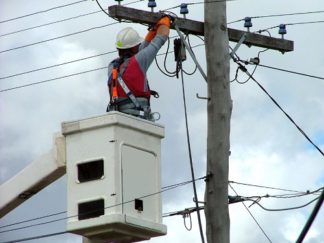Description
Introduction – p.4
Outlook Section for North American Distribution Automation: Trends in DA Investment for 2018-2024 – p.6
Survey Findings – p.15
Please indicate the approximate number of distribution feeders (4kv-38kv) on your system. – p.16
Approximately what percentage of all your feeders have SCADA controlled sectionalizing switches installed with operation that is A) manual B) semi-automatic or C) fully automatic? – p.17
Approximately what percentage of all your feeders have or will have Fault Detection Isolation Restoration (FDIR) or Fault Location Isolation Service Restoration (FLISR)? – p.19
Approximately what percentage of all your feeders have or will have Volt Var control (VVC), Volt Var Optimization (VVO), or Conservation Voltage Reduction (CVR)? – p.21
What is driving your decision for VVO? Check all that apply. – p.22
Where is the logic located for FDIR/FLISR on your distribution system? – p.25
In the future, where do you anticipate the logic to be located for FDIR/FLISR? – p.27
Where is the logic located for Volt/Var control on your distribution system? – p.29
In the future, where do you anticipate the logic to be located for Volt/Var control? – p.31
Does your utility use automatic fault sensing (AFS) devices (hot line status, fault indicators) in your feeder design? – p.33
If you do use automatic fault sensing, do you utilize the status of the communicating automatic fault sensing devices in your distribution automation applications? – p.35
Have you integrated any communication/controls for distributed generation (DG) into your DA system architecture? – p.37
Are you considering a trial deployment to manage distributed energy resources – DER – (e.g. inverters, energy storage, EV chargers, etc.) within the DA system? – p.39
Does your utility integrate sensing and/or Volt/Var control at the LV side of the distribution transformer within the DA system? – p.41
Does your utility plan to use sensing and/or Volt/Var control at the LV side of the distribution transformer to support any of the following applications? – p.43
What other DA applications use the same telecommunications infrastructure being used by feeder automation? – p.45
How are you notified of a feeder main fault event? (Check all that apply) – p.47
Does your utility run distributed software applications (like S&C Intelliteam II, L+G Grid Stream; SCADA center product suite, Cooper/Yukon Feeder Automation, G&W/Survalent Lazer Automation) – p.49
Do you use a centralized (control center based) tool for communication network management and security management? – p.51
Please check any of the following functions you would like to have integrated into a communications/security management tool for MV Feeder Device management (like recloser controller, capacitor bank controllers, remote controlled switch). – p.53
Do you currently use (or plan to use) encryption on your communications network for distribution automation? – p.55
Do you plan to upgrade the existing Feeder Automation network to a newer, wireless technology that allows for features like higher bandwidth, IP enabled radios (i.e. 4G, LTE or WIMAX) by the end of 2020? – p.57
If you do plan on upgrading your Feeder Automaton network, which wireless technology do you plan to use? – p.59
In your best estimate, what is your total budget for DA projects for the years 2018-2020? – p.61
If possible, please approximate the percentage (%) of that DA budget that applies to FDIR, Integrated VVC, and MV/LV Sensors – p.64
For 2018-2020, please estimate what percentages of your total DA expenditures will be allocated among the three categories listed below – p.66
Do you currently use/plan to use bi-directional regulators on your system? – p.68
Do you currently use/plan to use bi-directional reclosers on your system? – p.70
Do you currently use/plan to use dynamic protection (real time modification of protection settings) on your system? – p.71
Utilities Participating in the Study – p.73

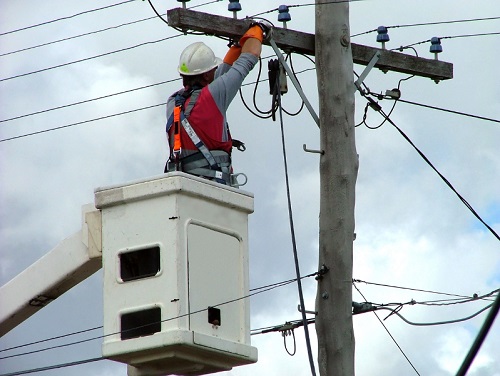
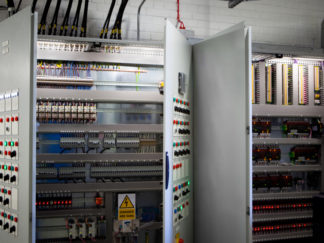
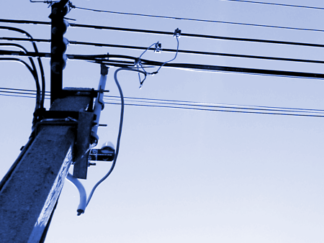
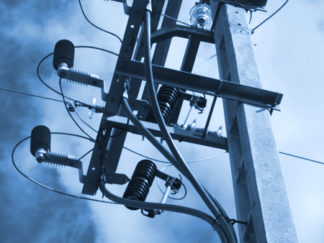
 summary reviews and highlights from completed studies
summary reviews and highlights from completed studies

